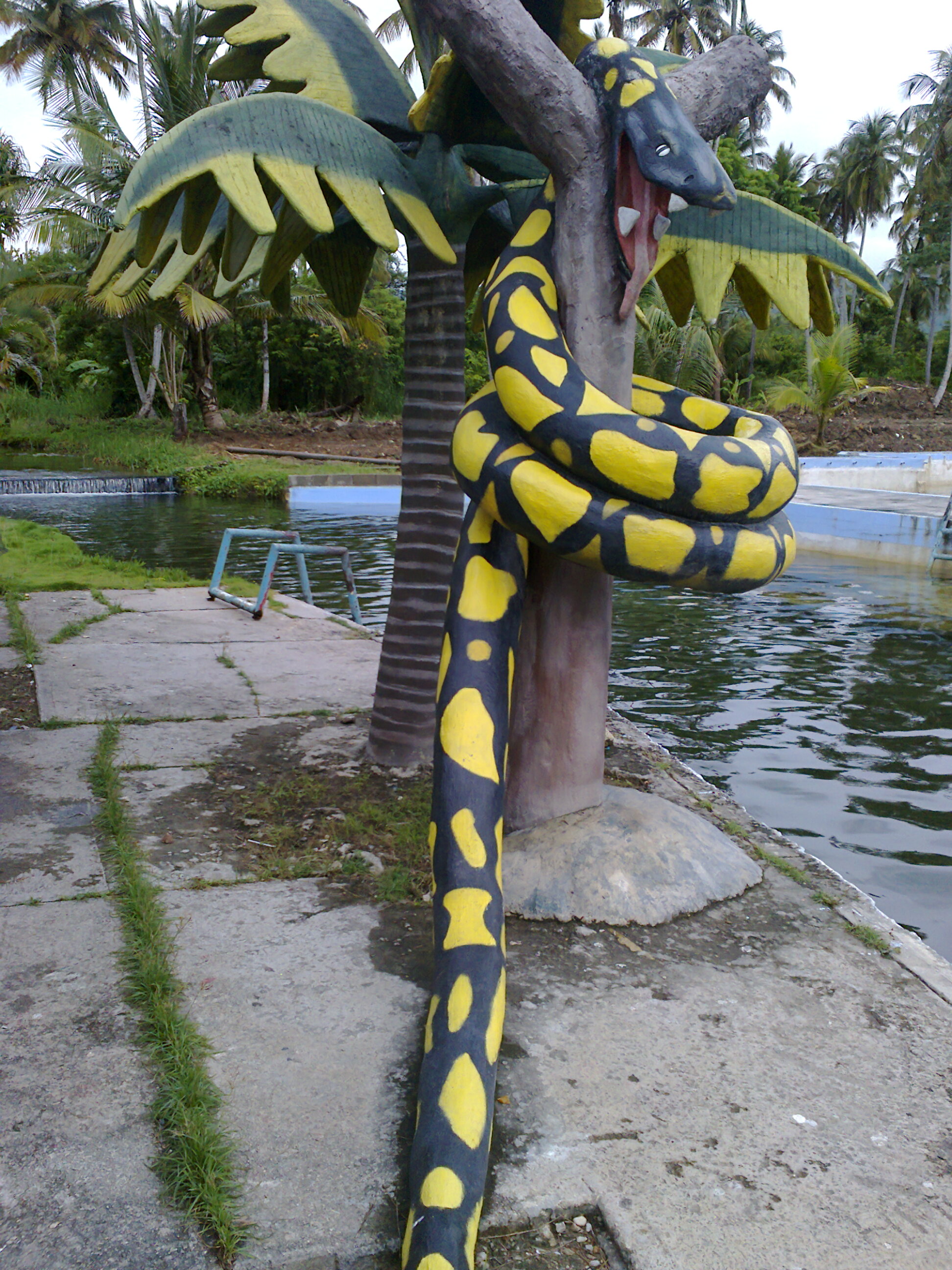| Revision as of 20:06, 24 July 2005 editJimwox (talk | contribs)43 editsm corrected spelling mistake← Previous edit | Revision as of 14:09, 30 July 2005 edit undoGdrbot (talk | contribs)45,158 editsm nomialbot - adding authority for Boa Linnaeus, 1758Next edit → | ||
| Line 10: | Line 10: | ||
| {{Taxobox subordo entry | taxon = ]}} | {{Taxobox subordo entry | taxon = ]}} | ||
| {{Taxobox familia entry | taxon = ]}} | {{Taxobox familia entry | taxon = ]}} | ||
| {{Taxobox genus entry | taxon = '''''Boa'''''}} | {{Taxobox genus entry | taxon = '''''Boa'''''}}<br/>{{Taxobox authority | author = ] | date = 1758}} | ||
| {{Taxobox end placement}} | {{Taxobox end placement}} | ||
| {{Taxobox section subdivision | color = pink | plural_taxon = Species}} | {{Taxobox section subdivision | color = pink | plural_taxon = Species}} | ||
Revision as of 14:09, 30 July 2005
| It has been suggested that this article be merged into boa. (Discuss) |
Template:Taxobox begin
Template:Taxobox image
Template:Taxobox begin placement
Template:Taxobox regnum entry
Template:Taxobox phylum entry
Template:Taxobox classis entry
Template:Taxobox ordo entry
Template:Taxobox subordo entry
Template:Taxobox familia entry
Template:Taxobox genus entry
Linnaeus, 1758
Template:Taxobox end placement
Template:Taxobox section subdivision
Many
Template:Taxobox end
Boa Constrictor is the common name for any snake of the genus Boa. Note that although Boa is the name of this particular genus, the members of the family Boidae are collectively called boas - and they are all constrictors.
Snakes of this genus are very common in Latin America, and perhaps the most sought after as pets. They can grow up to 5 metres and feed on birds and small mammals.
This constrictor otherwise known as red tailed boa, is the most widely known boa. It is also the largest member of this family, with the largest recorded specimen being over 18 feet long. It has an interesting pattern of brown and black with a red tail (see picture). It does well in captivity and tames easily and is a common sight in zoos and homes.
This reptile article is a stub. You can help Misplaced Pages by expanding it. |
